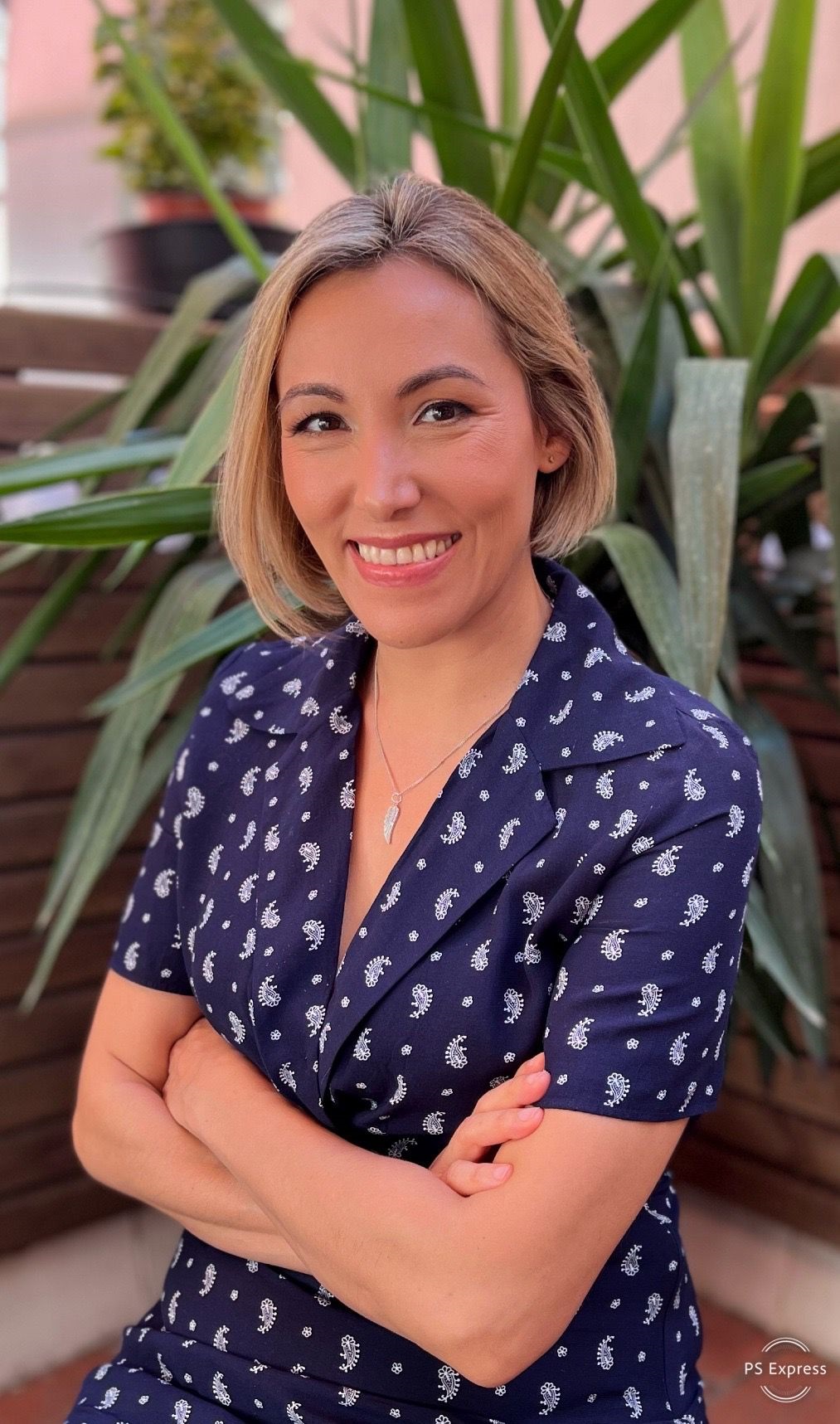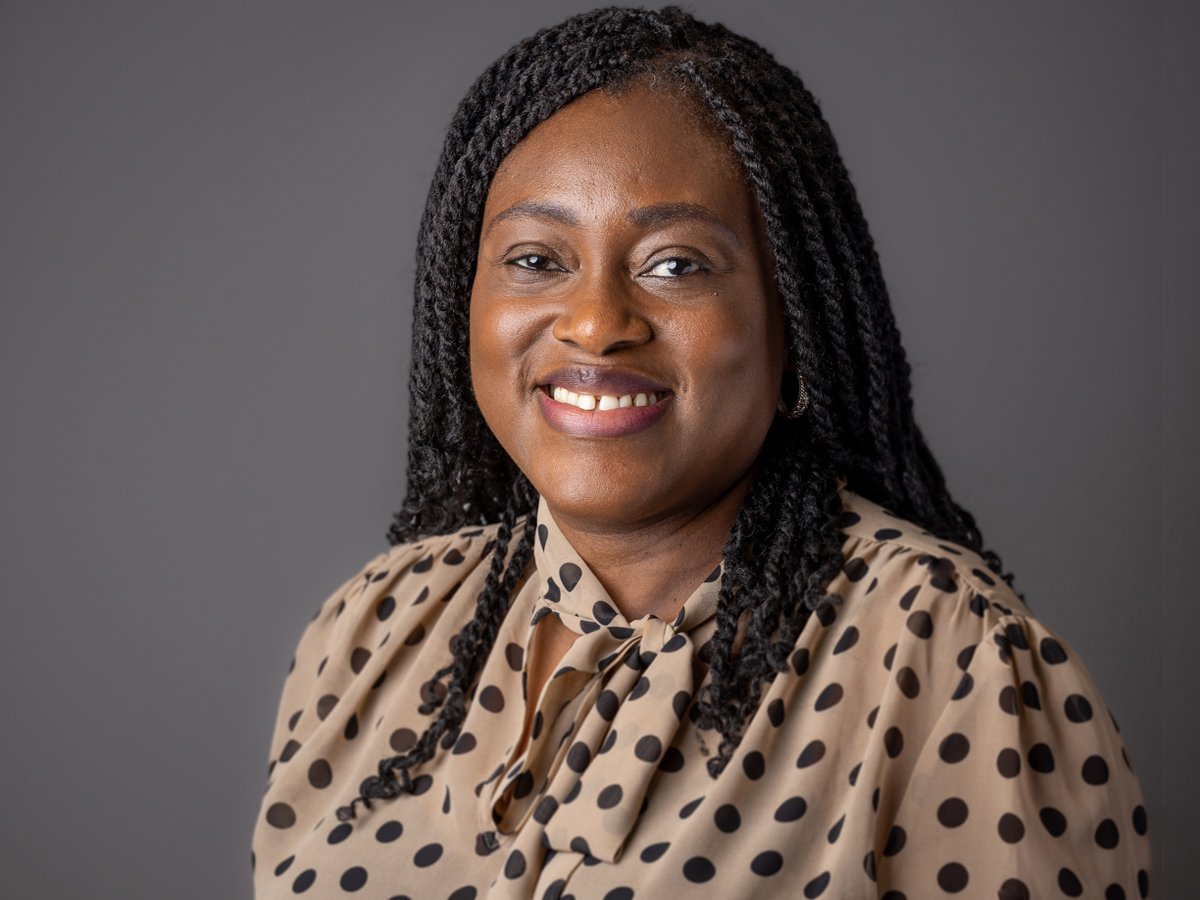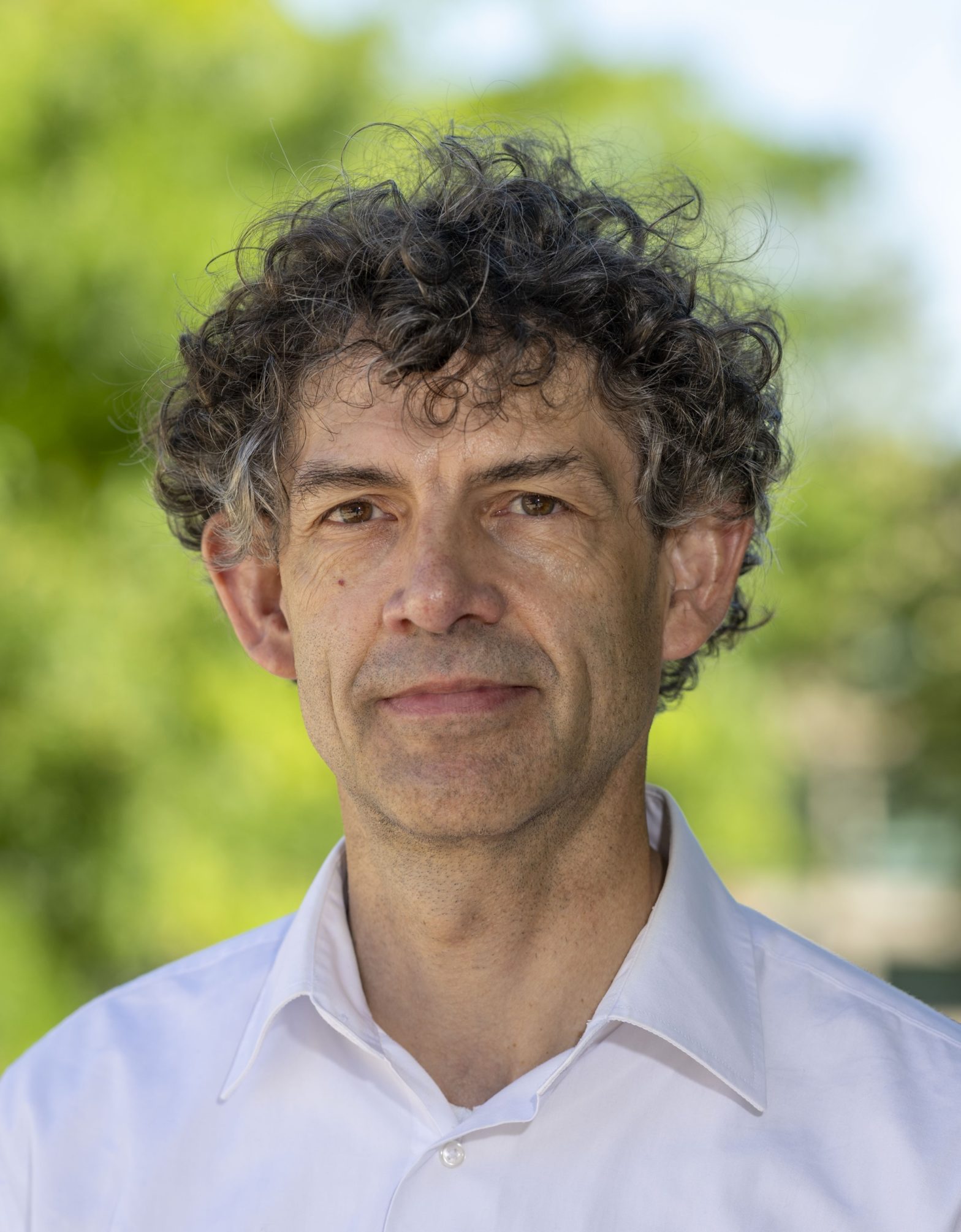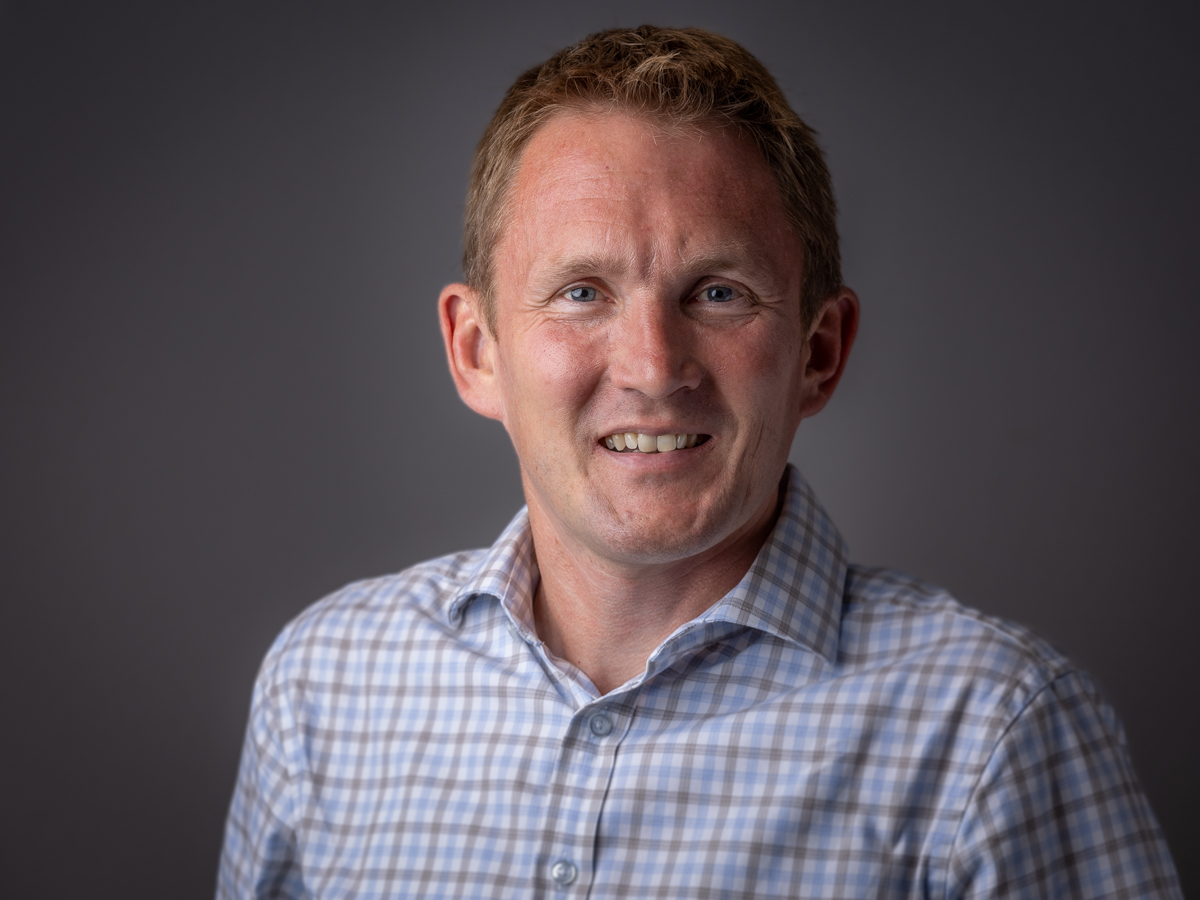
Harnessing community voices: The power of participatory urban planning
27 November 2024
By Dr. Pamela Durán-Díaz, Senior Planning Specialist, IHS
Participatory urban planning is a transformative approach to addressing urban challenges by placing communities at the heart of the decision-making process. Far beyond a tool for data collection or project endorsement, it facilitates co-creation, empowering communities to shape the future of their cities. Conventional top-down urban planning often assumes that experts “know best”, but in focusing on the bigger pictures, it can overlook the nuances of community needs and practices. This neglect risks perpetuating inequalities and hindering the development of vulnerable populations.
In Nairobi, this neglect has long been visible along the city’s rivers. According to Greenpeace, these waterways, clogged with 75 years of untreated waste, debris, and raw sewage, are further polluted with heavy metals and industrial chemicals. A simple walk along the riverbanks reveals the cumulative impact of inadequate waste management, weak enforcement of environmental regulations, and limited public awareness. When the rivers flow through informal settlements like Mathare, Mukuru, and Kibera, the risks increase. Poorly canalized segments multiply flood vulnerability, as soil absorption is drastically reduced. Marginal land along the river valleys, where these settlements are located, became a danger zone during the devastating April 2024 floods.
This was no natural disaster; it was a tragedy exacerbated by decades of urban neglect. Over 120 lives were lost, alongside countless homes and livelihoods, in areas where residents lack even basic tenure security. Poor urban planning has also played a role: Nairobi has grown from 100,000 to 4.5 million residents over the past century, yet infrastructure has failed to keep pace. Fewer than 50 percent of residents are connected to the sewage system, and in informal settlements, open sewers are the norm. Blocked drainage systems added to the catastrophic flooding, which could have been mitigated had community voices been heard.
In response to this crisis, our consortium, comprising WRI Kenya, Nairobi City County, SDI-Kenya, Akiba Mashinani Trust, the University of Nairobi, and IHS of Erasmus University Rotterdam, launched a competition to reimagine Nairobi’s rivers. We invited students from universities across Kenya, studying architecture, urban planning, landscape architecture, and related fields, to develop proposals for the regeneration of river segments passing through Mathare, Mukuru, and Kibera.
These designs stood out not only for their innovation, but for their responsiveness to local needs. Rooted in Nature-Based Solutions (NBS), they proposed strategies to clean the rivers, segregate and recycle waste (creating economic opportunities), harvest rainwater, draft an emergency response plan, and improve housing conditions using locally sourced materials. Students used participatory methods – transect walks, interviews, focus group discussions, and collaborative data collection with affected community members – to ensure the designs were relevant, inclusive, and actionable.
A design studio workshop in Naivasha brought together a diverse range of stakeholders: community representatives, students, government officials, NGOs, and academics. Sitting as equals, we reviewed proposals, exchanged knowledge, suggested improvements, and identified pathways for implementation. For many, this was a transformative experience. Vulnerable communities, so often excluded from planning discussions, took ownership of projects that reflected their needs and aspirations. Students gained firsthand insights into the power of inclusive urban planning, understanding how to align top-down strategies with grassroots knowledge to create systemic change.
This blend of co-creation and collaboration is the essence of participatory urban planning. It fosters resilience by empowering communities to work with, rather than fear, nature. It demonstrates that solutions need not wait for external intervention, as local resources and creativity can drive meaningful transformation.
At IHS, we emphasise these principles in our Strategic Urban Planning and Policies Master track. Our curriculum prepares future planners to mediate conflicting interests, address uncertainties in large-scale projects, and craft inclusive strategies that leverage place-based potential. Our students explore innovative participatory methods like Participatory Action Research, digital storytelling, and participatory mapping. We equip future professionals to engage communities effectively and implement sustainable urban development projects.
The Nairobi rivers regeneration project illustrates what participatory urban planning can achieve: resilience, equity and empowerment. As cities face growing challenges from climate change to rapid urbanisation, the lessons from this initiative offer a roadmap for urban leaders. By embracing inclusive planning, cities can build not only infrastructure, but also trust, social cohesion, and hope for a sustainable future.
Brought to you by IHS







